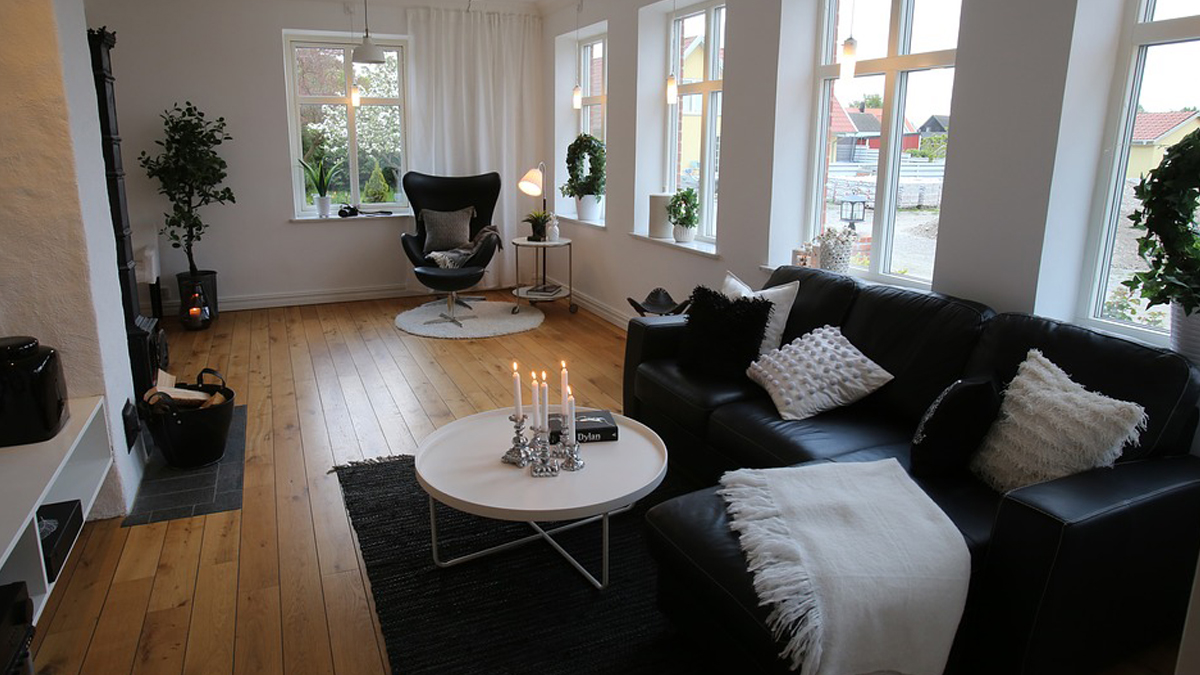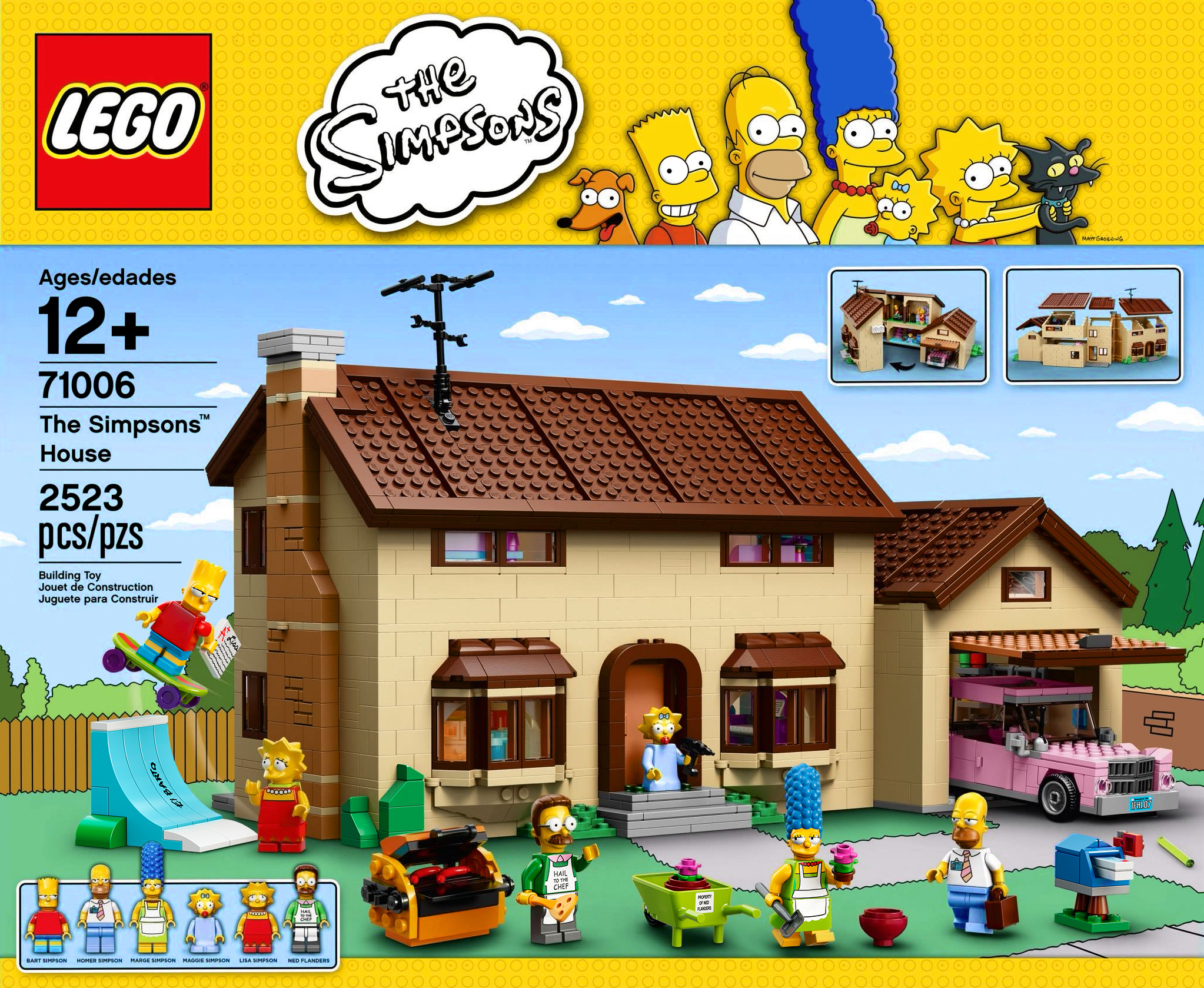Table Of Content

Designed by LA-based Working Holiday Studio, Casa Mami is a holiday home located in Pioneertown, California. The designers drew inspiration from Scandinavian and Japanese designs for the interiors of the home. Beige walls, grey floors, and minimal and muted furniture pieces create a very Japandi-style home.
Live out your old-school Cali motel dreams in style at Palihotel Hollywood
"We'll see this design style flourish into 2024 through layers of neutrals paired with woods. The neutrals often possess a bit more warmth and pair beautifully with black accents and wood tones," says Harper. This is the latest lookbook in a series providing visual inspiration for interior designers and design lovers. Previous lookbooks in the series have showcased bathrooms with views, calm living rooms and peaceful bedrooms. A hybrid of east and west, the style is increasingly popular as a way to create interiors that are minimal without being cold. Japandi makes clever use of craftsmanship and tactile materials, such as textured wood and handmade ceramics, to add comfort and warmth. To get the best of both worlds, draw on the coziness of Scandi design with warm textures and soft pieces while maintaining the elegance of Japanese decor.
The Government Is Paying People to Upgrade Their Home Comfort, Here’s Why
"Japandi" has become the denomination for interiors where Japanese minimalism meets Scandinavian functionality. Simple, pared-back designs and natural materials are some of the key characteristics of the style. Early traces of this design style can be seen in ceramic crafts, architecture, and Danish furniture. It is true that both design philosophies—Wabi-Sabi from Japan and the Hygge from Denmark appreciate simplicity, minimalism and natural materials, so it was only a matter of time before the two were mixed together in design. The prevalence of natural materials and simple designs makes it a great green decor style. With more and more consumers looking toward eco-friendly aesthetics, Japandi's popularity is no surprise.
Incorporating natural elements
With careful planning, you can create a stunning Japandi space that’s easy on the wallet. Wabi is the beauty found in imperfection, while sabi is the charm of aged or weathered objects that tell a story. At first glance, they may seem similar, but wabi-sabi and Japandi are distinct approaches to design.
Then add ceramics and stone objects that are both useful and beautiful. "Select furniture crafted from natural materials such as wood and stone, adorned in neutral tones like beige, grays, white, and black," says Vergara. "Drawing from Japanese design principles, we opt for sleek, minimalist furniture and design elements, prioritizing clean lines and uncluttered spaces to create a sense of calm and order," says Vergara. They transformed it into a serene and tranquil space by adding white-washed walls, cabinetry crafted from Douglas fir wood, and neutral-colored pieces of furniture. A palette of pale off-whites was maintained on most of the surfaces in the home.
10 Most Popular Interior Design Styles to Know Now - Architectural Digest
10 Most Popular Interior Design Styles to Know Now.
Posted: Tue, 02 Aug 2022 07:00:00 GMT [source]
"Both carry similar qualities of minimalism, clean lines, and lighter material palette schemes." “There used to be a line about Los Angeles that everyone was either a screenwriter or an actor,” says Scotti Sitz, owner of L.A. “I think in some respects, you could start to make the case that everyone here is now an interior designer.” Indeed, the city’s design scene has boomed, with new shops and showrooms sprouting up every month. What’s most exciting about this design renaissance, though, is the range of visions and styles represented around the city—due in part, perhaps, to the constant flow of new residents from around the country and world. Design scene is equally embracing of the primitive and the cutting-edge, the refined with the unrefined,” says Adam Blackman of Blackman Cruz, on Highland Avenue.

Japandi design reflects this principle particularly with its clean lines, muted colors, and the focus on the details. Kanso is a Japanese design principle based on simplicity and the elimination of clutter. It teaches us to create spaces free from unnecessary distractions, encouraging clarity and calm. Japandi color palettes are all about soft, neutral shades like whites, grays, and beiges, paired with subtle pops of earthy tones like greens, blues, and browns. As for the growing popularity of the Japandi look, in my opinion it can be attributed to our collective desire for a more mindful and intentional way of living, which is perfectly embodied by this elegant, functional, and sustainable design style. Muted pinks, blues, and greens can be used to accent meditative spaces and complement natural wood.
Located on the sixth floor, the outdoor space features a heated infinity pool, a jacuzzi and a restaurant lounge that only hotel guests can access. I gravitate towards clean lines, simple forms, and things that can serve multiple purposes or adapt to different spaces – they reflect the Japandi commitments to practicality which is great. It’s also efficient and space-saving – great for small spaces like apartments and flats. Japan is known for its Zen philosophy and minimalist approach, and has inspired designers worldwide with its style of clean lines, muted colors, and elegant simplicity. Drawing on the Japanese concept of wabi sabi—the appreciation of perfection in imperfection—Japandi emphasizes natural materials and a deep connection to the environment.
Japandi style: everything you need to know about these east-meets-west interiors
You can enjoy the warmth without feeling closed in, thanks to the freeing nature of Japanese aesthetics it's all about balance! "The inclusion of darker tones, meaningful artwork and found pieces create a lifetime ethos that will continue to be interesting," Petersen explains. But if you have an active household, Calas suggests trying "faux minimalism" with natural containers such as boxes and baskets, built-ins, or folding screens to hide excess stuff and keep your space feeling clutter-free. "Historically, Scandinavian design has been heavily influenced by Japanese style, so it makes sense why these two aesthetics work so well together," says Joel Wong and Amanda Gunawan, co-founders of OWIU Design.
Japandi Interior Design: The Trend You Need to Know - Camille Styles
Japandi Interior Design: The Trend You Need to Know.
Posted: Mon, 10 Apr 2023 07:00:00 GMT [source]
In part, wabi-sabi encourages one to embrace the natural wear of items in their home, such as cracked ceramics or slightly faded wall art. In a somewhat similar vein, Denmark’s concept of hygge encapsulates the essence of coziness and the joy of life’s simple moments. Together, these principles teach us that imperfection is not only acceptable but can also be a source of profound beauty. In contrast, Japandi takes these Scandi principles and marries them with the elegant restraint of Japanese minimalism, resulting in a unique design blend that speaks to a curated, intentional lifestyle. Japandi design style is resonating with homeowners worldwide who are seeking a more mindful, sustainable, and intentional way of living. I love bringing the outdoors inside by adding plants, natural wood crafts, and stone sculptures or furnishings to a space.
Japandi style encompasses the beauty and minimalistic nature of Scandinavian and Japanese design styles. Its known features center around nature, functionality, minimalism and neutral color palettes. Over 150 years old, this design and lifestyle is widely celebrated internationally for emphasizing easy, breezy comfort. Beyond aesthetics (you're guaranteed to see this design style all over your Instagram and Pinterest feeds), Japandi brings quality and function to the forefront.
The studio based K5's interior around the Japanese notion of "aimai", which is used to describe things that are ambiguous or unclear. Here, the owners can lounge on furniture that Norm Architects designed together with Karimoku Case Study – the sister brand of Japanese manufacturer Karimoku. She advises selecting one lead color and one accent color but not expanding beyond those two hues. If you're familiar with Scandi design, you're sure to have come across the notion of "hygge." This is the Scandinavian concept of coziness in design and has found increasing popularity in the United States over the past few years. Basically, hygge means that your home should be your sanctuary and provide a feeling of comfort every time you walk in the front door.
Look to local materials, goods, and greenery to feel grounded in your home. Japandi homes are restrained when it comes to color, but differing tones can create microclimates of mood within a space. Stick to neutral hues, but incorporate both light, open areas and darker, more intimate spaces to balance crispness and comfort.
Overall, Japandi style offers a range of benefits that make it a compelling choice for anyone seeking to create serene, timeless, and functional interiors that promote well-being and harmony in the home. Natural light and uncluttered spaces are common in both Japanese and Scandinavian design, making the pairing that much more natural. Pan-Projects and Mok Architects combined Nordish and Japanese aesthetics to design Izumi in Copenhagen. The Japanese restaurant features interiors typically seen in Japanese restaurants such as translucent doors, as well as Nordish design such as the generous use of oak. Designed by Norm Architects, Archipelago Home is a holiday home that embodies both Scandinavian and Japanese design philosophies.
I find that Japandi design uses this concept to create breathing room and emphasize the importance of the spaces in between objects, rather than just the objects themselves. Wabi-sabi is the art of finding beauty in imperfection, and hygge is all about creating a cozy, comfortable atmosphere. Clean lines, uncluttered spaces, and well-curated furnishings work well – Japandi creates a soothing atmosphere that invites relaxation and tranquility. Personally, I saw Japandi really hit the mainstream in 2020, during a time when we were spending a lot more time in our homes, and the world saw a surge of interest in the design style. Japandi style combines aspects of Japanese minimalism with the functionality of Scandinavian design. Japanese furniture producer Ariake created an installation at Stockholm Design Week in 2018 to show its first collection.
The range included these wooden sofas, whose strict lines and warm wooden frames perfectly encompass the meeting between Scandinavian and Japanese style. The delicate feel of the architecture with its wooden detailing is echoed in the furniture and decorations chosen for the interior, including a classic Pierre Paulin Butterfly Chair. The use of pale wood throughout adds a Scandinavian touch to the room, which has a welcoming feel and is flooded with natural light. Norm Architects and Keiji Ashizawa Design have collaborated on a number of projects, including this Japandi interior design for a home in Tokyo. A coffee table in veiny Carrara marble adds pattern interest to the room's muted design, while a woven rug and rock-like ceramic sculpture stand out against the bare walls.










